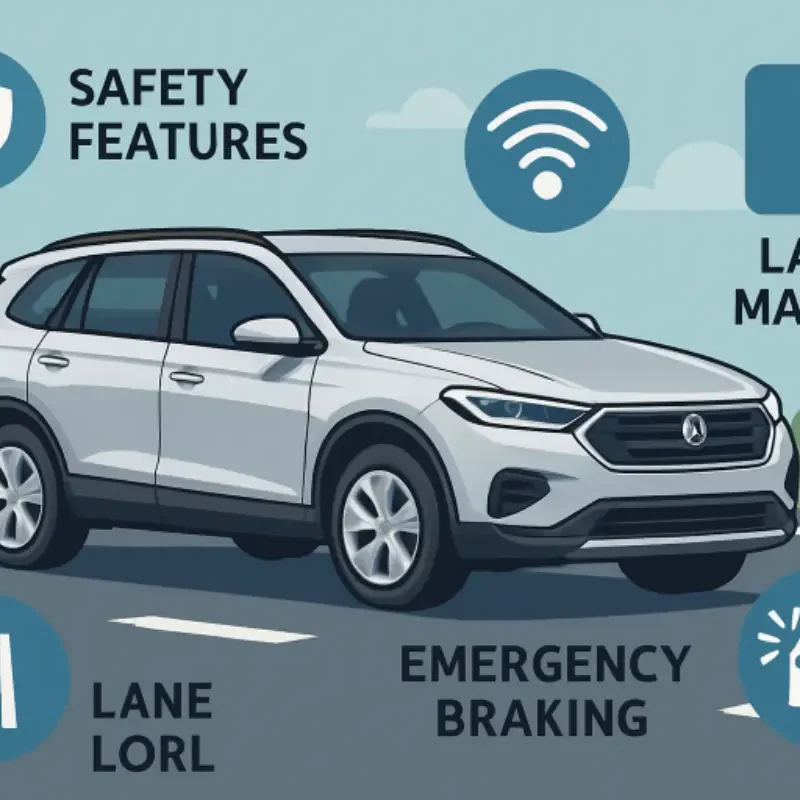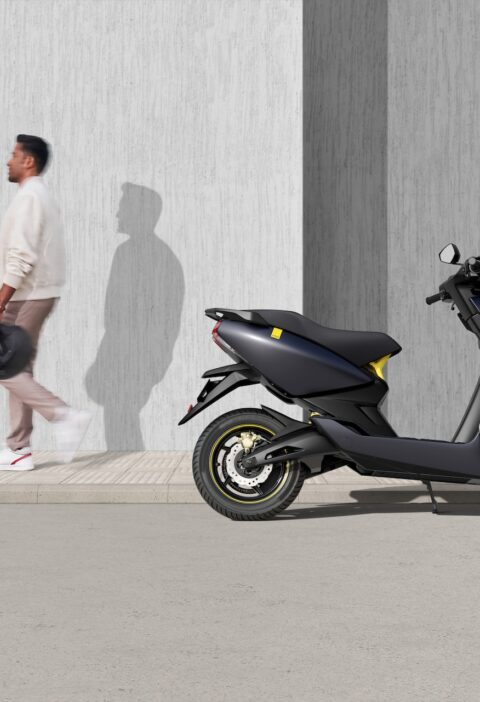Modern SUVs have integrated advanced safety features, transforming them from mere transportation tools into intelligent safety partners. These technologies not only help drivers avoid accidents but also provide confidence and peace of mind. In today’s fast-paced world, drivers face numerous challenges, including crowded urban environments, unpredictable weather, and poor road conditions.
Modern SUVs have state-of-the-art safety systems that respond rapidly to changing conditions, monitor driver and vehicle behavior, and proactively intervene to prevent mistakes before they turn into accidents. For those interested in experiencing these innovations firsthand, learn more about the latest SUV models equipped with these essential features.
The integration of active and passive safety technologies has significantly enhanced vehicle safety, enabling safer driving and passenger and pedestrian protection. Active technologies prevent accidents, while passive systems safeguard occupants in collisions.
Automatic Emergency Braking (AEB)
Automatic Emergency Braking (AEB) is a revolutionary accident avoidance technology that uses radar and camera sensors to detect obstacles and warn drivers if a collision is imminent. If a prompt response isn’t detected, AEB can apply the vehicle’s brakes, sometimes faster and with greater precision than a human could manage.
AEB systems can reduce rear-end crashes by half, reducing vehicle damage and injury risk. This feature is crucial in bridging the gap during critical seconds when human response time may falter, making roads safer for everyone.
Electronic Stability Control (ESC)
ESC is a crucial component of SUV safety, monitoring parameters like wheel speed, steering angle, and lateral acceleration. It intervenes when traction is threatened during sharp turns or slippery conditions, applying brakes and reducing engine power for smoother recovery.
Studies from the Insurance Institute for Highway Safety (IIHS) show that ESC dramatically reduces the risk of fatal single-vehicle crashes, especially rollovers, which are historically more common in taller vehicles like SUVs. For urban and highway driving alike, ESC is widely recognized as one of the most important advancements in automotive safety technology in the past two decades.
Adaptive Cruise Control
Adaptive Cruise Control (ACC) is a technology that enhances traditional cruise control by maintaining a safe following distance from the vehicle ahead. It uses radar and cameras to scan for vehicles in the same lane, automatically reducing speed if slower traffic is detected. The driver can adjust both cruising speed and following distance according to their preferences.
ACC is particularly useful for long commutes and highway travel, as it reduces the need for manual braking and acceleration, reducing driver fatigue. It also improves fuel efficiency by promoting smoother speed transitions.
Lane Keeping Assist
Lane-keeping assist (LKA) uses cameras to detect road lane markings on every trip. If an SUV drifts out of its lane without a turn signal, it issues gentle steering corrections or alert signals to prompt the driver back on course. This technology is particularly useful for long highway drives or fatigued drivers, reducing the likelihood of sideswipe collisions and run-off-road accidents.
Tire Pressure Monitoring Systems (TPMS)
To conclude, Tire Pressure Monitoring Systems (TPMS) are essential for SUV safety, providing real-time data on air pressure levels in each tire. Under-inflated tires can lead to poor handling, increased stopping distances, and a higher risk of blowouts. TPMS alerts drivers if a tire drops below recommended pressure, allowing them to correct the issue before it escalates into a dangerous situation.
Advanced safety features are transforming SUVs into guardians on the road, equipping drivers to avoid common hazards and keep everyone safer. As in-vehicle technology evolves with machine learning and connectivity, drivers can expect even more innovations to set new standards for safety and comfort in automotive design.







